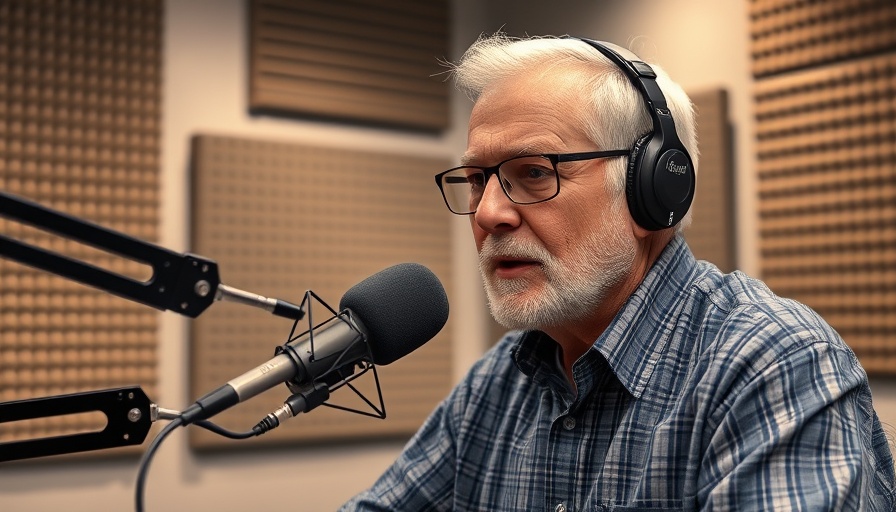
The Overlooked Minority: Understanding Disability in Modern Medicine
With approximately 29% of adults in the U.S. living with some form of disability, this demographic represents not only a significant minority but also a growing concern within the healthcare landscape. Yet, according to numerous medical professionals, including recent graduates like Eshani Kishore from Texas' Paul L. Foster School of Medicine, systematic education on disability care remains alarmingly inadequate.
Hurdles Faced by Patients with Disabilities
Despite representing a substantial portion of the population, individuals with disabilities often encounter barriers in accessing healthcare. A startling statistic reveals that 1 in 4 adults with disabilities lack a regular healthcare provider, often leading to delayed or missed medical check-ups. The implications are severe, as those without regular preventative care face an escalated risk of chronic health issues, underscoring the need for better educational frameworks in medical schools.
Current Medical Education: A Mixed Bag
The approach to teaching disability care varies widely across medical institutions. Some schools offer substantial education on the topic, while others provide minimal or outdated training. Joshua Marquez from The University of New Mexico remembers the single half-day session dedicated to disability care. Although helpful, it leaves many students craving comprehensive and standardized curriculum that adequately prepares them for real-world interactions with disabled patients.
Moving Toward Innovation: The Need for Comprehensive Training
Despite individual schools' efforts, a broader consensus outlines a distinct gap in medical education when it comes to handling disabilities. The Northwestern Medicine study highlights that many medical education programs lack a structured approach to teaching disability care. This inconsistency poses challenges not only for the students' learning experience but also for patient outcomes, as many future clinicians feel unequipped to handle the unique needs of their patients.
Personal Insight: Learning Beyond the Classroom
As emphasized by Marquez, the essence of learning to care for patients with disabilities transcends classroom instruction. Real-life practice, communication techniques, and experiential learning play crucial roles in preparing future doctors. In many cases, the practical insights learned from patients far outweigh theoretical knowledge—a notion that medical curricula must embrace.
Looking Ahead: Opportunities for Change in Medical Education
For those navigating the medical field, especially newly minted graduates, the call for change is both hopeful and urgent. With voices like Kishore's advocating for more robust disability education, there is potential for transformation within medical schools. The future will depend on educators recognizing the need for comprehensive strategies that prepare future physicians to meet the disparities faced by patients with disabilities head-on.
Empowering Future Doctors: What Can Be Done?
As suburban professionals, understanding the nuances of healthcare education can empower communities to advocate for better medical training. Here are actionable insights:
Advocate for Change: Engage with local medical schools to push for enhanced disability education.
Support Initiatives: Engage with organizations focused on disability rights and healthcare equity.
Raise Awareness: Share stories that highlight the challenges faced by disabled individuals in accessing quality healthcare.
By embarking on collective efforts, communities can encourage medical schools and faculty to prioritize comprehensive disability training, ultimately benefiting all patients.
As we continue to strive toward inclusivity in healthcare, it becomes imperative to promote educational reform that leads to better health outcomes for every patient, regardless of their abilities. Embracing change starts with recognizing the necessity of comprehensive disability education.
 Add Row
Add Row  Add
Add 




 Add Row
Add Row  Add
Add 

Write A Comment